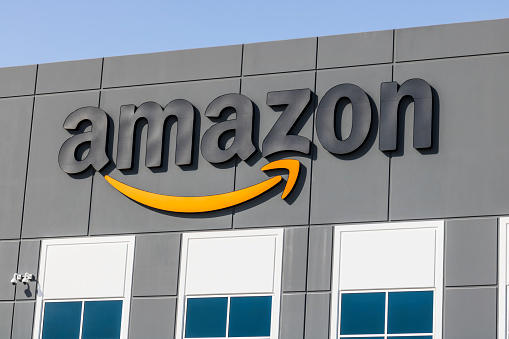On the surface, Ring doorbells may seem like a practical invention. After all, they allow you to see what’s going on outside your home and you never know what’s going to happen — but, who else is watching? Since acquiring the home security company, Ring, in 2018, Amazon has quietly extended its efforts to further privatize surveillance.
Last year, Amazon managed to do so with its launch of Neighbors by Ring, which describes itself as the “New Neighborhood Watch”. On the app, every single post has to do with crime, and people are able to directly share their Ring footage.
The issue with the concept of a neighborhood watch is it encourages notions of who belongs in a place and who is inherently suspicious. Often, Black people are regulated to the latter category. According to a Motherboard report, racial profiling is prevalent on the Amazon/Ring Technology. Using VICE’s offices in Williamsburg, Brooklyn as a home address with a default 5-mile neighborhood radius, Motherboard reviewed over 100 user-submitted posts in the app and found “the majority of people reported as ‘suspicious’ were people of color”. To be clear, the neighborhoods surveyed included all of lower Manhattan, most of Brooklyn, and parts of Queens and Hoboken. In other words, areas where people of color have already been.
“We know from a bunch of high profile incidents in the past, and even when people live in a particular neighborhood, often their white neighbors don’t identify them as neighbors or belonging in those space,” Chris Gilliard, a professor who studies institutional tech policy, told Motherboard. “So there’s a way that blackness can be seen as foreign, even when you ‘belong.’ And those systems codify that in a way that makes me really uncomfortable.”
Through partnerships with Ring, police are able to access Ring’s “Law Enforcement Neighborhoods Portal” while Ring coaches police on how to get people’s camera footage without a warrant. Although there isn’t a complete list of police departments partnering with Ring, University of Illinois student Shreyas Gandlur developed an interactive map of 234 agencies partnering partnered with the company.
In a Twitter thread about the project, Gandlur noted that the map is not complete. Only partnerships related to the Neighbors by Ring app are included, so something like Tehachapi, California and it’s $5,000 subsidy program are not included. In addition, new agencies are signing on every single day.
Both Amazon’s facial recognition tool Rekognition and Ring offer surveillance tools to the police. However, Amazon got clever by bringing the public into the fold and branding them as the primary consumer.
Unlike Rekognition, Ring is meant to benefit you, as an individual, directly. It relies on a notion of empowerment to create surveillance structures that may be used by police. As summed up by the Atlantic Staff Writer Sidney Fussell: “Suspicion is currency.”
“Selling consumers a 24/7 surveillance apparatus of their own making shrinks police oversight, expands the network of cameras blanketing American cities, and sends money to Amazon,” Fussel wrote.
As movements meant to tackle wide-spread surveillance focus on local or federal governments — such as city or state level bans against facial recognition — Amazon’s emerging partnerships with police across the nation signal a need to account for the roles that private businesses play, too.

